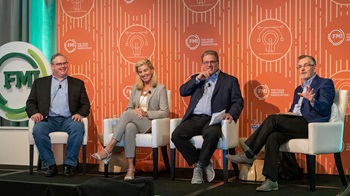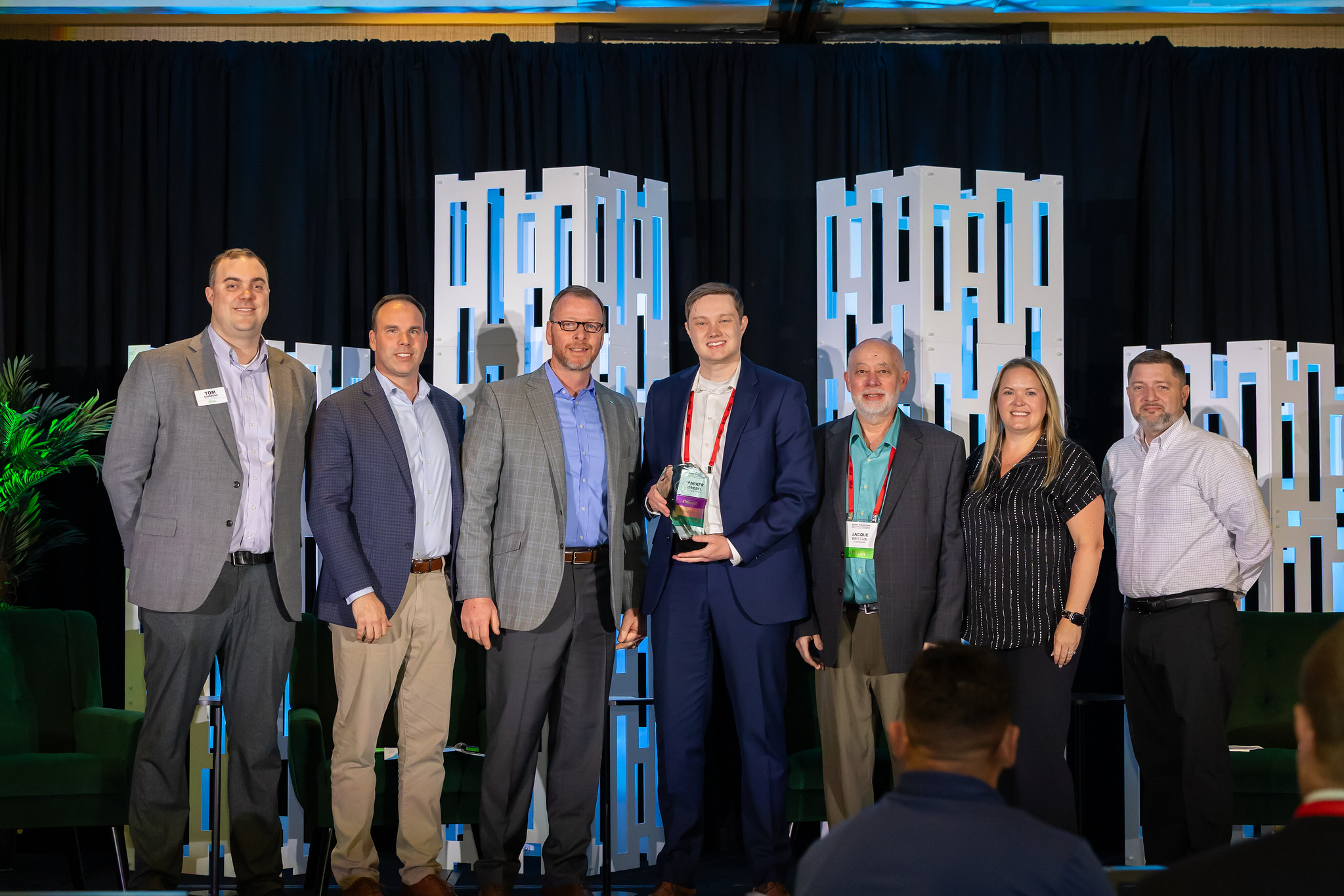By: Bianca Ruffin, Director, Marketing, FMI

In my third foray at FMI's Midwinter Executive Conference, I had the privilege of observing two sessions: Bringing Nonfood Destinations to Life and Securing Shelves: Innovative Approaches to Mitigating Retail Theft in the Grocery Industry. At first glance, it may seem these two don't have much in common but anyone who has worked in asset protection may already be seeing the connection.
Takeaways on Nonfoods
The big takeaway from the nonfoods session, and iterated in our recent nonfoods blog series, is that as a store differentiator, the nonfoods category can boost basket size while making things more convenient for shoppers. Opportunities lie in expanding product lines, increasing or decreasing the size of such products (think cost savings with larger bottles of shampoo) and diversifying within the sector – particularly pet foods.
With nonfood products generating more than $3 trillion in sales, and less than 8% of that sold in grocery stores, it's certainly worth considering a nonfoods strategy for your stores. For the uninitiated, this category includes a wide range of products such as pet food, paper, laundry and household cleaning, over-the-counter medication, oral health care, nutrition or weight loss, personal cleansing, hair care and shaving, skin care and cosmetics, kitchen gadgets and seasonal items.
As a shopper, my own experience echoes what I heard in the session: I like to pick up kitten food while I'm grocery shopping and I especially appreciate curly hair care products so I don't need to make yet another stop. Having access to these items when I'm shopping strengthens my fondness for the store and leads to repeat purchases. From the looks of it, I'm not the only one, as a number of our research reports have also punctuated that convenience and expanded options help shoppers with their purchasing decisions.
The Connection to Asset Protection

Now, you may be asking what does this have to do with securing shelves and mitigating retail theft? The unfortunate irony is that the grocery industry is facing high rates of theft, often concentrated in urban centers, generally see it occurring in their nonfoods sector. While that may seem like a reason to avoid it, my key insight is: Your shoppers want as much convenience and simplification as possible, and the reality of retail crime highlights the need for strategic thinking, planning and prepping.
In a world of protecting people, property and profits, there are several issues facing both the food retail and supplier sectors like civil unrest; the aforementioned theft; and de-escalating tense in-store situations. With the impending election year, the potential for contentious uprisings should not be ignored. While this affects storefronts more acutely, some CPG companies are facing catalytic converter thefts in their trucks, hindering the ability to deliver products.
Dive Deeper
From this discussion, I have three takeaways:
- Prepare for the unthinkable to mitigate the loss of property and people.
- Collaborate with your local and state government to increase efforts to reduce thefts and crime.
- Keep a good record of incidents, as these data points are helpful on a local, state and federal level as it pertains to law making.
If these topics interest you, FMI has three upcoming events that tackle all these issues:
- Beyond Aisles: Unlocking Nonfoods Potential at the Nonfoods Event, May 14-16, 2024
- The Asset Protection & Grocery Resilience Conference, May 20-23, 2024
- The Nonfoods Business Conference, September 8-10, 2024


 Industry Topics address your specific area of expertise with resources, reports, events and more.
Industry Topics address your specific area of expertise with resources, reports, events and more.
 Our Research covers consumer behavior and retail operation benchmarks so you can make informed business decisions.
Our Research covers consumer behavior and retail operation benchmarks so you can make informed business decisions.
 Events and Education including online and in-person help you advance your food retail career.
Events and Education including online and in-person help you advance your food retail career.
 Food Safety training, resources and guidance that help you create a company food safety culture.
Food Safety training, resources and guidance that help you create a company food safety culture.
 Government Affairs work — federal and state — on the latest food industry policy, regulatory and legislative issues.
Government Affairs work — federal and state — on the latest food industry policy, regulatory and legislative issues.
 Get Involved. From industry awards to newsletters and committees, these resources help you take advantage of your membership.
Get Involved. From industry awards to newsletters and committees, these resources help you take advantage of your membership.
 Best practices, guidance documents, infographics, signage and more for the food industry on the COVID-19 pandemic.
Best practices, guidance documents, infographics, signage and more for the food industry on the COVID-19 pandemic.
